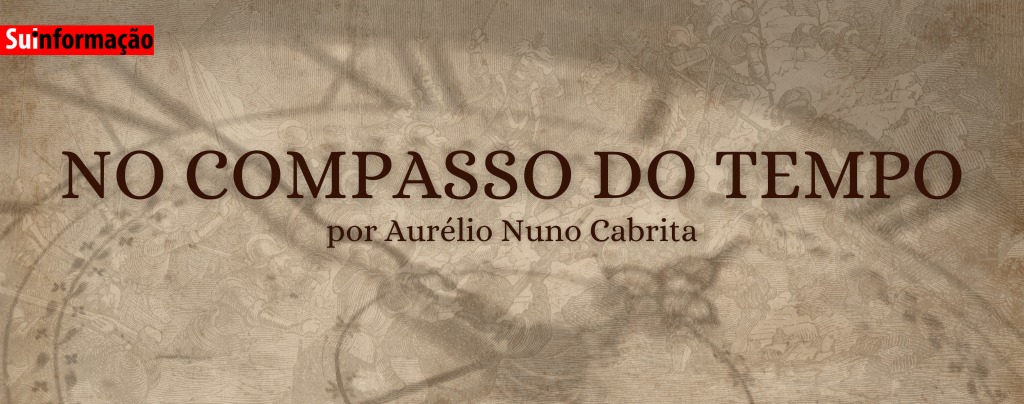Due to the major transitions that will go through this decade – climate, energy, ecological, food, digital, demographic, migration, socio-labor, geopolitics – it is practically impossible for higher education institutions to escape a profound transformation of their missions, functions, structure , processes and procedures.
Due to their specificity, in particular the network of teaching, research, development and extension subsystems, higher education institutions are particularly suited to being able to function as platform-institutions of excellence.
I want to believe that, generically, the institution-university will tend to be a revolving board of problems and solutions and a shared center of resources, both its own and others, and that, with this mission, it will seek to keep alive a triple commitment: to recover and preserve the cultural heritage. nature, biodiversity and our common home (1), protect and promote the human rights and well-being of the most vulnerable citizens, as well as our historical and cultural heritage and our way of life (2), value all areas of activity of our society and develop its culture of univercity and pluriversity, through a wide range of collaborative platforms of crowdsourcing, crowdlearning e through crowdfunding (3)
From a more programmatic point of view, the institution-university could perhaps follow the rule of the third: one third of face-to-face and distance teaching and training in very variable formats and for very diverse audiences, one third of research and development on co-creation platforms and co-management for medium and long-term problems, one-third extension and direct action for urgent and short-term problems in partnerships and collaborations with all local and regional agents.
The technological and digital revolution opens up an immense field of possibilities and opportunities for the economy of regions and their territories. If we remember that in Portugal, a relatively small country, there is a higher education institution in each district capital, we have to admit that the university-institution is the main actor of collective territorial intelligence in partnerships and very varied formats with the other actors local and regional.
Indeed, higher education institutions, universities and polytechnics can offer their region a coherent meta-narrative of a productive, creative and symbolic economy that considers heritage and landscape, science and technology, art and culture, in the design of network economies and agglomeration of the region.
In an especially complex decade, but with many resources at its disposal, this is a particularly appropriate situation to put the scientific and university condition to the test.
Here are some examples where these faculties are especially relevant in territory management:
– The design of soft mobility and micro mobility programs, as well as local energy communities and the new energy matrix,
– The design of mitigation, adaptation and transformation operations in the fight against climate change, as well as the new landscape mosaic,
– The design of ecological infrastructures and green corridors, as well as the new architecture of city-country relations, which include landscape amenities and landscape arts,
– The design of urban regeneration and rehabilitation programs, as well as the redesign of public space and the role of street arts and urban culture,
– The design of urban agriculture programs, municipal agroecological parks and good circular economy practices,
– The design of the territory’s digital ecosystem, from digital literacy programs to the smart cities program and respective smart equipment,
– The design of the territory’s common goods, from public health and quality of life to senior society and proximity services, from the culture of distinctive signs and the spirit of places to creative residences to attract young talent,
– The design of the new network, innovation and agglomeration economies is, in this period, especially critical, in particular, the way in which they are transferred and introduced into local and regional productive arrangements, small and medium-sized companies and their respective value chains.
In all cases, this new administration of the territory conducted in co-creation and co-management with the institution-platform university and/or polytechnic assumes a network of cooperative and collaborative relationships between the institutions, the contracting and curatorship of consortia and public-private partnerships.
With more resources at our disposal, material and immaterial, within the framework of PRR 2026 and PT 2030, it is now a question of setting up a true networking and curating the territory and landscape, if you will, a design and architecture project of regional co-creation, a fine, capillary and delicate mesh of initiatives, projects and undertakings very well articulated with each other.
Final Notes
In summary, here are some characteristics of this platform organization:
– The university/polytechnic will be able to work in an open channel with the crowd-platform, in multiple forms and formats of crowdsourcing, crowdlearning e through crowdfunding, hence the importance of devoting special attention to its communication policy,
– The university/polytechnic will be, more and more, a university and will merge more and more with the city and its problems, above all, in a growing perspective of smart city.
– The university/polytechnic will increasingly be plurivers, that is, there will be no areas of work that are strange or outside the platform-university to the exact extent that the university feeds and recognizes itself in this bank of problems.
– The organization of the platform-university should follow, in principle, the rule of thirds: one third training, on-site and at a distance, one third research and development and one third extension and direct action.
Four decades later, in a seminar on the role of the university in regional development, I remember Prof. Manuel Viegas Guerreiro: beware of excessive leadership, let's not forget the educational and moral function and human development of the university, let's use freedom for the benefit of the common good and the rights of others.
In summary, the university institution will be a collaborative platform of excellence in terms of co-creation, co-production and co-management. To this end, it must find an internal, organic and functional point of balance, within the broader framework of its regional and cosmopolitan mission structure.
From now on, the university/polytechnic not only constitutes a teaching-research-extension platform, but also establishes itself as a meta-platform for its region, establishing a kind of territorial curatorship contract with its territory. So we hope.



















Comments